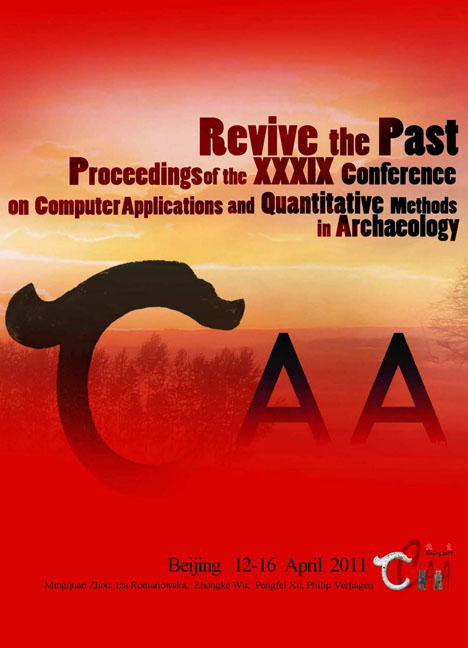 Revive the Past
Revive the Past 3D Sutra: Processing of Scanned Sutra Inscriptions in China for Analysis, Interpretation and Visualization
Published online by Cambridge University Press: 23 June 2021
Summary
Abstract:
The 8th-century Buddhist stone inscriptions from Sichuan province, China, are important cultural assets, which cast a new light on the history of Buddhism in China, their adaptation to Chinese culture, as well as the confrontation of the Buddhist religion with the secular state. Thus, these stone inscriptions need to be documented, analysed, interpreted and visualized archaeologically, art-historically and textscientifically. On this basis, new archaeological and art-historical knowledge is gained through technical research which, for the first time, results in innovative techniques of measurement and geoinformatics. Thereby, particularly accurate and objective techniques are of great importance as they document the texts in their spatial context and make them available for transcription and different analysis. In this article, innovative approaches are shown which enable the visualization of the inscriptions and the results of their interpretation, combined with additional 2D/3D maps within an interactive web portal.
Key Words: Sutra, 3D Scanning, Image Processing, Matching, Web Portal
Introduction
Buddhism has greatly influenced the historical and cultural development of East Asian countries, especially China, thus its growth and dissemination needs to be investigated. Buddhism was introduced to China at the beginning of the current era, but spread slowly owing to the lack of a written tradition of its teachings. While a variety of Buddhist teachings were passed on by word of mouth at a very early age, the writing down of them began much later. The Diamond Sutra, for example, was created in the first century AD and found a wide dissemination initially by a verbal then written tradition. However, the first reproduced traditions of this sutra, which were created by using wood panel printing, date back to AD 868.
Prior to the conservation and reproduction of the sutras by printing techniques, the inscriptions were carved into stone by Buddhist monks, in order to ensure permanent conservation of the sutras. Such stone inscriptions can be found in Sichuan province (China), where 80 sutras with more than 600,000 characters are located at approximately 6 different sites. The most important archaeological site is Wofoyuan, which contains 400,000 characters spread through 15 caves and a large reclining Buddha figure after which this site is named. All these stone inscriptions, dating from the 8th–12th century AD, are of great importance because they provide profound insights into the history of Buddhism and Buddhist teachings and thus into the cultural development of China (Ledderose 2006).
- Type
- Chapter
- Information
- Revive the PastProceedings of the 39th Conference of Computer Applications and Quantitative Methods in Archaeology, pp. 81 - 91Publisher: Amsterdam University PressPrint publication year: 2012


